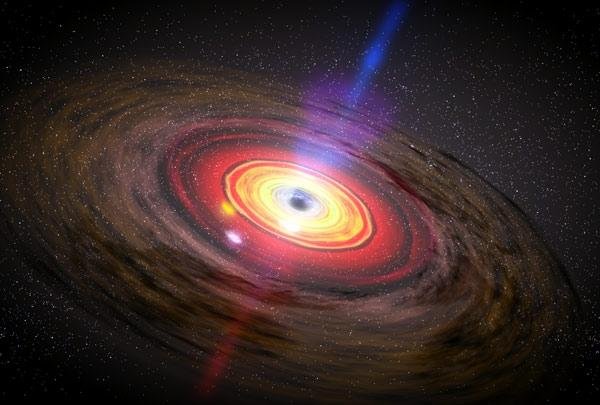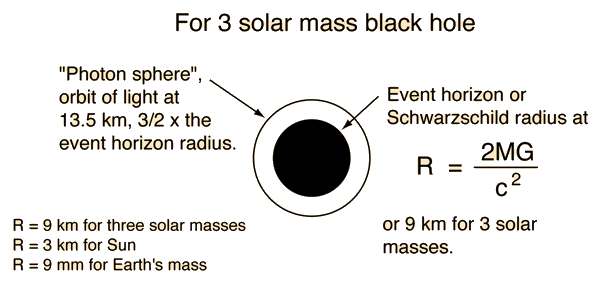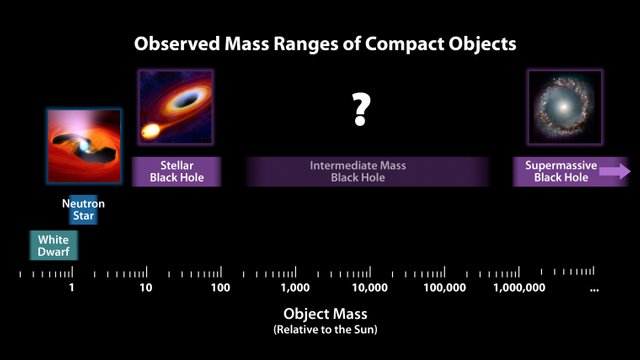Learning about Black Holes - Formation
Black Holes are some of the strangest objects in the universe, and their formation process is just as strange.
Black Holes are Often Born from Dying Stars
Black holes are most commonly created by collapsing stars at the end of their life cycle.
The Basics of Black Holes
Black holes are areas in space where the gravity is so strong that light can’t even escape. This means black holes can not be directly seen but their influence can.
They are called black holes because they are seemingly 3 dimensional holes in space, where anything can fall in and never be seen again.
The Schwarzschild Radius
The Schwarzschild radius is the most important factor when creating a black hole. The Schwarzschild radius defines the point where matter becomes so dense light can not escape. Once a mass hits this density it becomes a black hole.
The Schwarzschild radius is dependant on the mass of the object. The Earth has a schwarzschild radius of about 8.7 millimeters. This means if we managed to shrink the Earth down to 8.7 millimeters it would collapse into a black hole.
Dying Stars to Black Holes
The most common way to form black holes is from supermassive stars. Stars use fusion as fuel, but eventually they run out of an element. Once they run out of the element they are fusing in their core, if the star is massive enough, it moves on to the next element. The only problem comes when the star star creates nickel. This nickel decays into iron and cobalt. Fusing iron and nickel takes more energy than it releases. This causes the star to slowly lose energy and form a core of iron and nickel. This will cause the star to collapse on itself.. This collapse causes a supernova and leaves behind a dense iron-nickel core. Without the energy from fusion to support it, the core usually collapses into a black hole or neutron star.
The star usually must be at least 20 times the mass of the sun to form a black hole. Stars with a mass 40-50 times that of our sun may not go supernova at all and instead collapse directly into a black hole. Stars that massive are very uncommon. These black holes are considered stellar mass black holes. Stellar mass black holes tend to have a mass of 5-10 solar masses. This is because most of the mass of the star is usually blown away in the supernova.
Primordial Black Holes
A supernova is not the only way a black hole can form. Primordial black holes would have formed just after the big bang. During the first few seconds after the big bang massive amounts of matter and energy were condensed into a small area. Fluctuations within this matter and energy could easily have created small black holes. These black holes could still be common today and are one candidate for dark matter. Although, these black holes themselves have not yet been confirmed to exist.
Supermassive black holes found at the center of galaxies are likely primordial black holes merged together. Black holes were likely pivotal in the formation of galaxies. Those that formed galaxies fed on gas and stars until they became the biggest black holes in the universe. No intermediary black holes have been found and if they exist their origin remains a mystery.
Primordial vs the newer black holes is simply the new vs the old in black hole formation.


